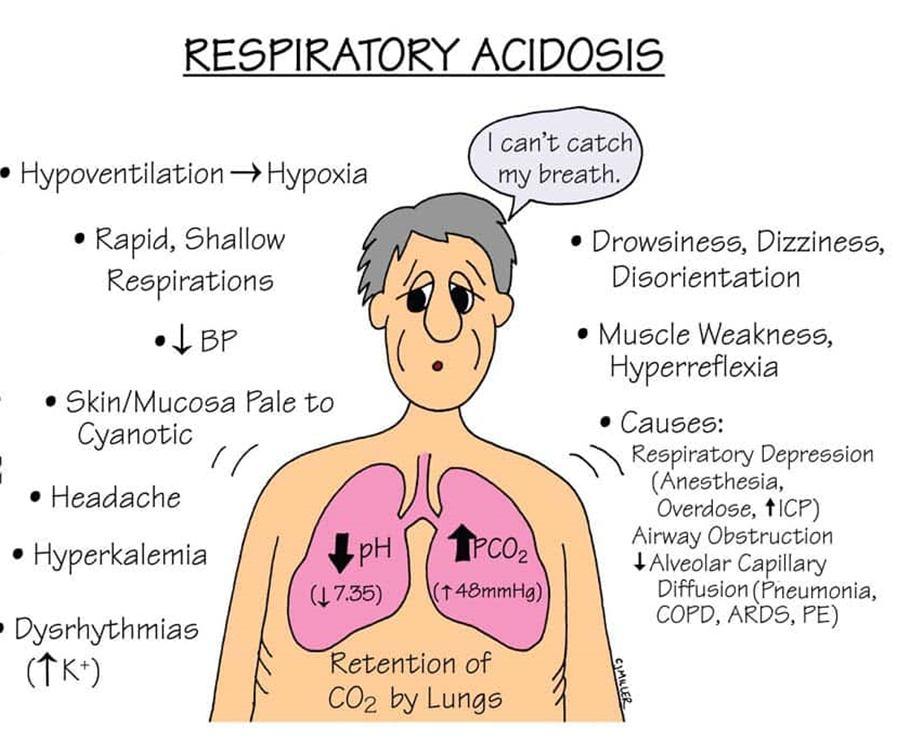A nurse is assessing a client who has diabetes for the presence of peripheral neuropathy. The nurse should question the client about what sign or symptom that would suggest the possible development of peripheral neuropathy?
Persistently cold feet
Acute pain, unrelieved by rest
The presence of a tingling sensation
Pain that does not respond to analgesia
The Correct Answer is C
A. Persistently cold feet:
This may be a sign of poor circulation, which is more associated with peripheral vascular disease than neuropathy.
B. Acute pain, unrelieved by rest:
Acute pain is not typically associated with peripheral neuropathy. Neuropathic pain is often chronic and may include sensations like tingling or burning.
C. The presence of a tingling sensation:
This is correct. Tingling sensations, along with numbness and pain, are common symptoms of peripheral neuropathy in diabetes.
D. Pain that does not respond to analgesia:
While neuropathic pain can be challenging to manage, the primary focus is on the characteristic nature of the pain (tingling, burning) rather than its response to analgesics.
Nursing Test Bank
Naxlex Comprehensive Predictor Exams
Related Questions
Correct Answer is ["C","E"]
Explanation
A. Asthma:
Explanation: Asthma is associated with respiratory alkalosis, not respiratory acidosis. In asthma, there is often hyperventilation leading to a decrease in carbon dioxide levels.
B. Hyperventilation:
Explanation: Correct. Hyperventilation can cause respiratory alkalosis, not respiratory acidosis. It leads to a decrease in carbon dioxide levels.
C. Chronic obstructive pulmonary disease (COPD):
Explanation: Correct. Conditions like COPD can lead to respiratory acidosis. In COPD, there is impaired ventilation, leading to an accumulation of carbon dioxide.
D. Renal insufficiency:
Explanation: Renal insufficiency is not a direct cause of respiratory acidosis. Respiratory acidosis is primarily related to respiratory system dysfunction.
E. Pneumonia:
Explanation: Correct. Pneumonia can cause respiratory acidosis. In pneumonia, there may be difficulty in eliminating carbon dioxide due to impaired gas exchange.

Correct Answer is A
Explanation
A. IV administration of 50% dextrose in water:
This is the correct answer. The client is severely hypoglycemic, and IV administration of 50% dextrose in water is the most rapid way to raise the blood glucose level in an emergency situation.
B. IV bolus of 5% dextrose in 0.45% NaCl:
While this solution contains dextrose, it is not as concentrated as 50% dextrose. In an emergency, a more concentrated solution is needed to rapidly correct severe hypoglycemia.
C. Administer 4 oz. clear juice:
Oral intake may be too slow in this critical situation. IV administration is more appropriate for rapidly raising the blood glucose level.
D. Subcutaneous administration of 12 to 15 units of regular insulin:
This would further lower the blood glucose level and is not appropriate for treating severe hypoglycemia.
Whether you are a student looking to ace your exams or a practicing nurse seeking to enhance your expertise , our nursing education contents will empower you with the confidence and competence to make a difference in the lives of patients and become a respected leader in the healthcare field.
Visit Naxlex, invest in your future and unlock endless possibilities with our unparalleled nursing education contents today
Report Wrong Answer on the Current Question
Do you disagree with the answer? If yes, what is your expected answer? Explain.
Kindly be descriptive with the issue you are facing.
